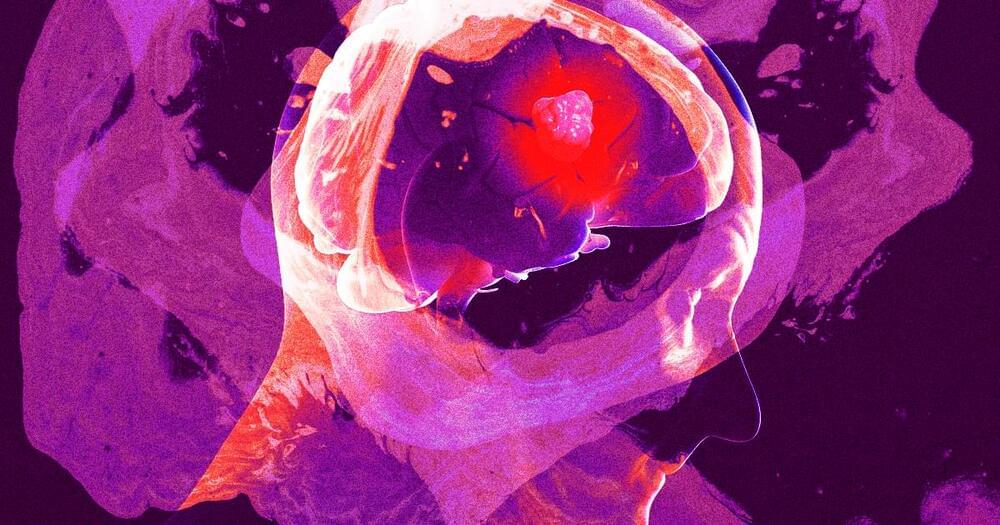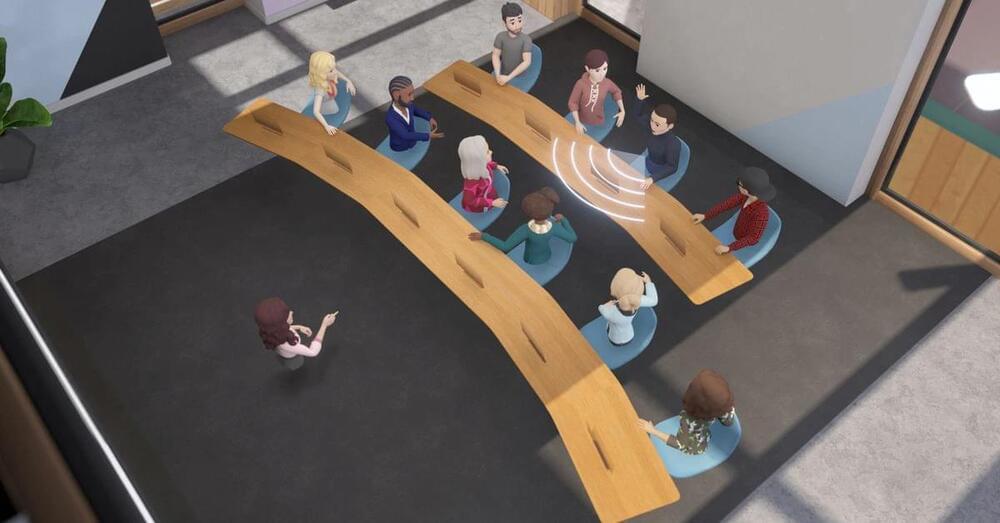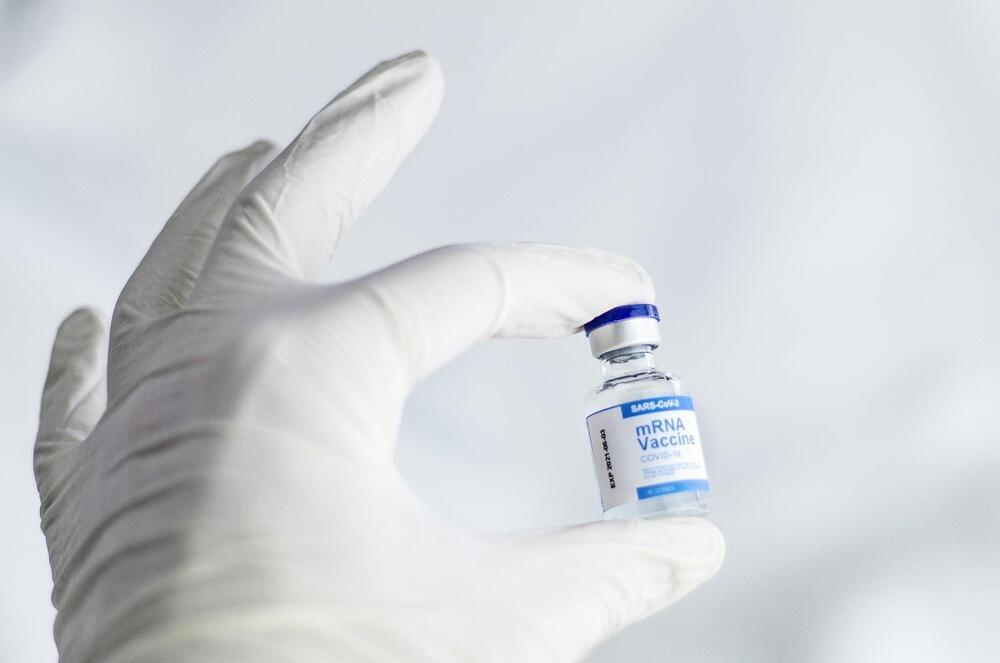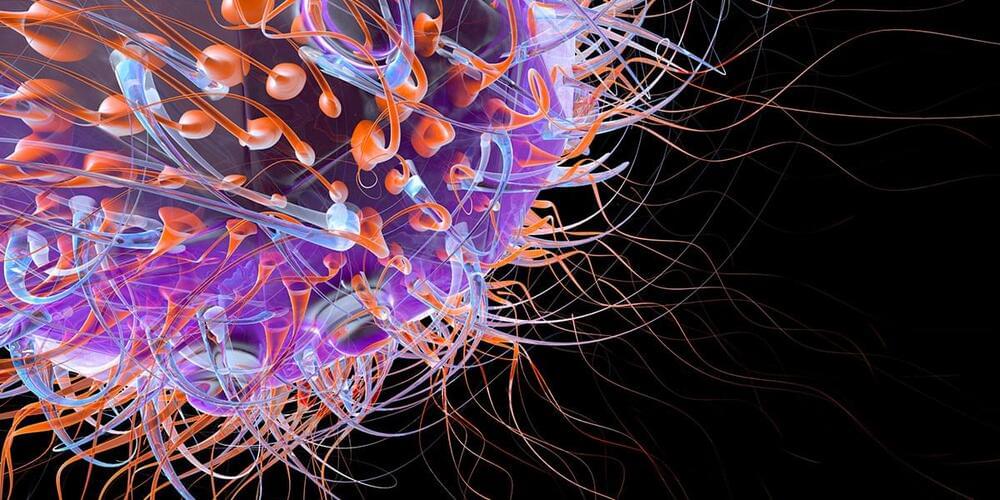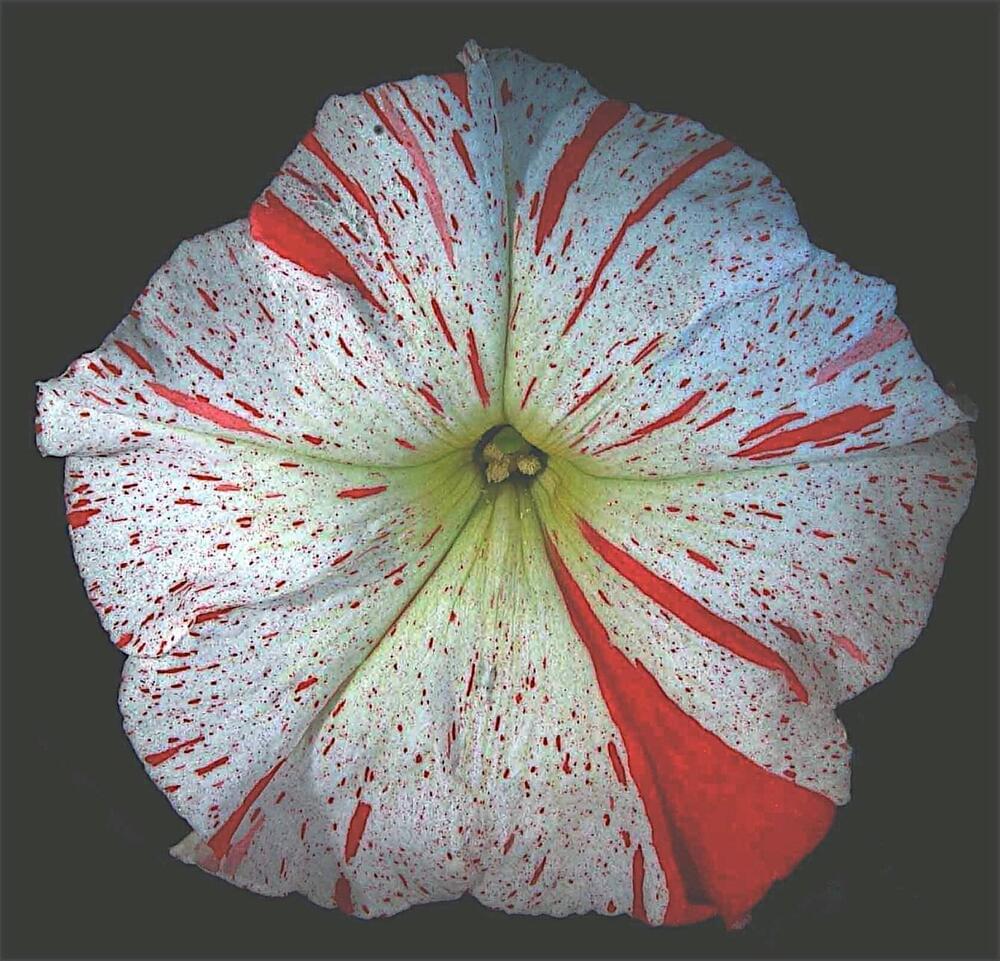Samsung Pay can now store your coronavirus vaccination card on your smartphone in the U.S., thanks to the CommonHealth app on the Play Store.
After Google added support for COVID-19 vaccination cards to Google Pay, Samsung has now announced that it is doing the same with Samsung Pay. Users of the service will be able to load their SMART Health Cards displaying their COVID-19 vaccination status within Samsung Pay. This will allow U.S. consumers to download a verifiable digital version of their vaccination record from pharmacies or health systems and securely store in on their smartphone via the CommonHealth app on supported Samsung Galaxy smartphones.

